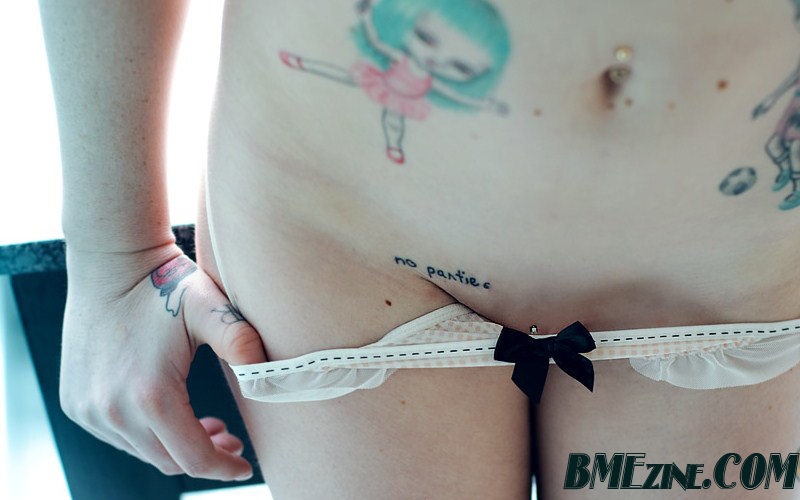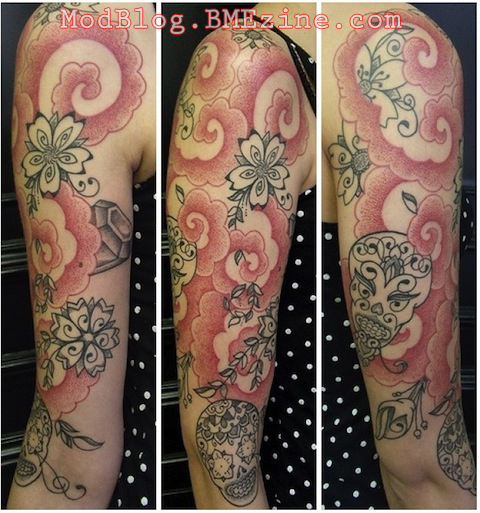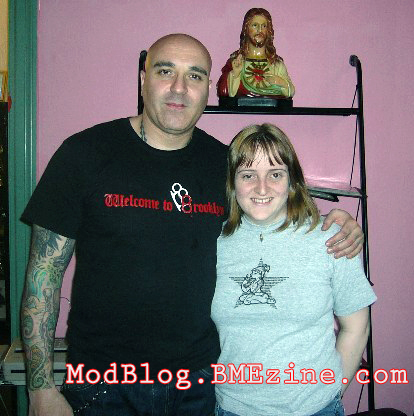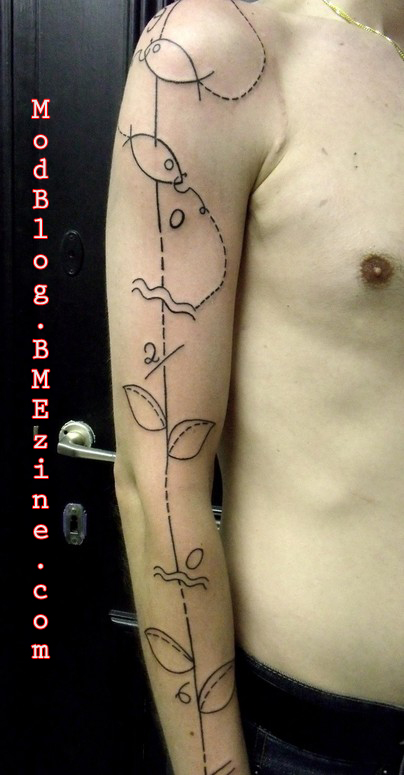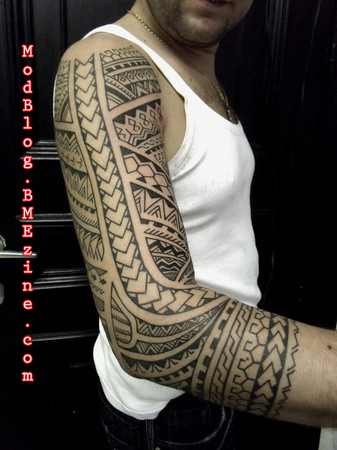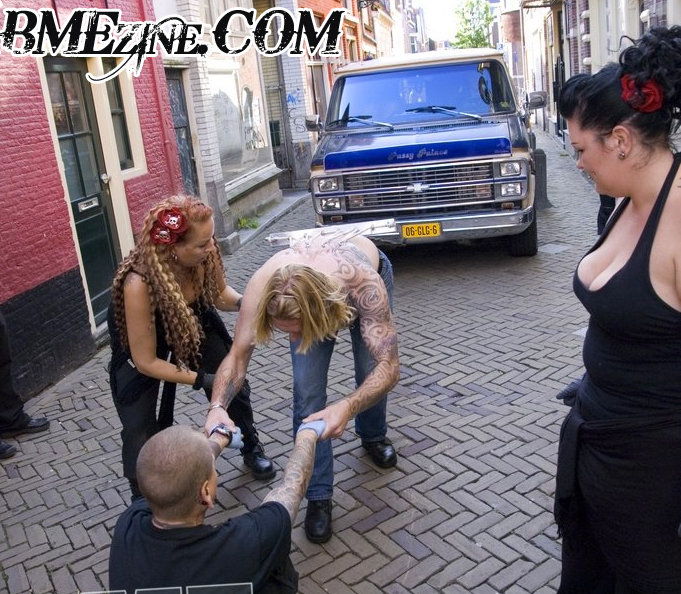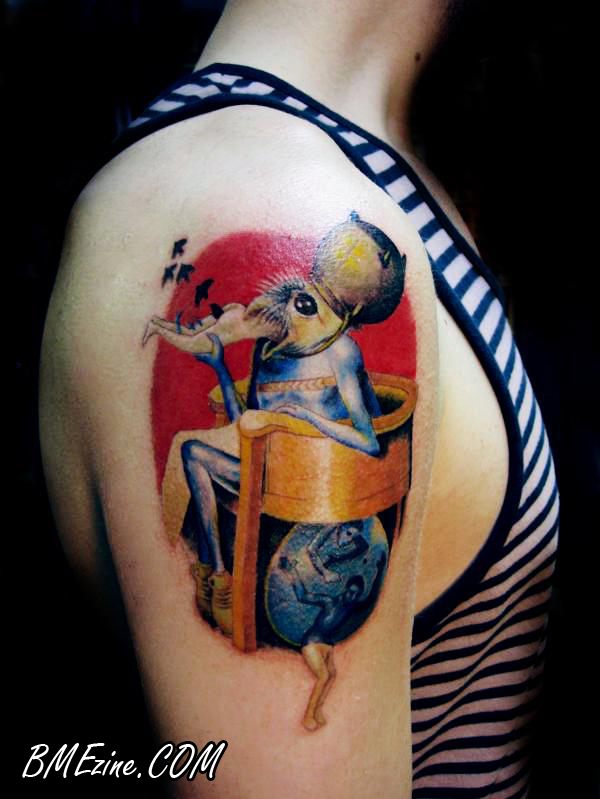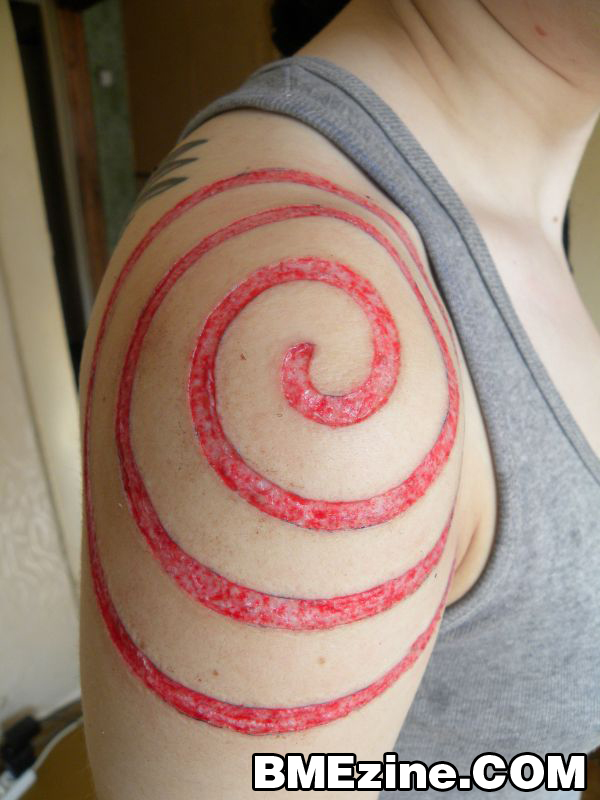A tattoo studio owner in Edmonton, Alberta, Canada who’s studio was ordered closed by local health board in 2009 has now made industry history after pleading guilty to about a dozen charges including one count of obstruction, eight counts of failing to maintain records, and one nuisance count.
Zipp’s Tattoo and Museum was shut down by Alberta Health Services last year after undercover inspectors responded to complaints of tattoo services being offered in deplorable conditions. Inspectors found filthy, dusty surfaces, used needles and tattoo tubes and inappropriate, outdated sterilization equipment. Since there was no documentation of client files and sterilization records, a public notice was issued for anyone who was tattooed at Zipp’s to be tested for pathogens.
Provincial Court Judge Ferne LeReverend told Zipp’s owner, Eric Anderson, that his disregard for the health of his clients “shocking” and slapped him with fines totaling $12,880. This was the first successful prosecution under the Alberta Personal Services Regulation.
David Vidra, Body Modification industry Educator and CEO of Health Educators Inc applauds Alberta Health Services and commends Alberta’s health inspectors for their close involvement in Alberta’s local industry.
“It’s a shame it had to come to a lawsuit like this,” says Vidra in response to charges, “Education is available to artists. This does not only affect the artist who was charged but every artist in our industry and the public.”
Health Educators offers relevant education for body modification artists across the board and encourages studios and artists to keep up to date on industry standards. Health Educators is one of the only body modification industry specific companies offering education to artists and full studio evaluation and setup on a global level. Vidra urges artists and studio owners to educate themselves constantly so the body art industry can continue to be viewed by the public in a positive light.
Let’s hope this message strikes a cord to basement scratchers and professional artists alike that lack of education and safe studio set up are vital to keeping the body art industry a legitimate trade and that those negligent few will be made an example of.
Clients seeking safe body art should be supporting artists who have taken the time to know how to use the required equipment and aseptic techniques to run a safe studio.




